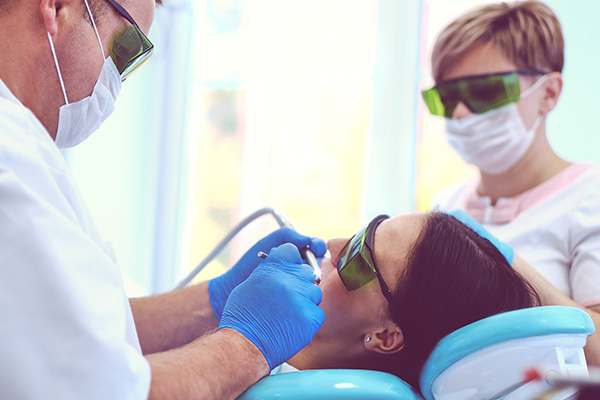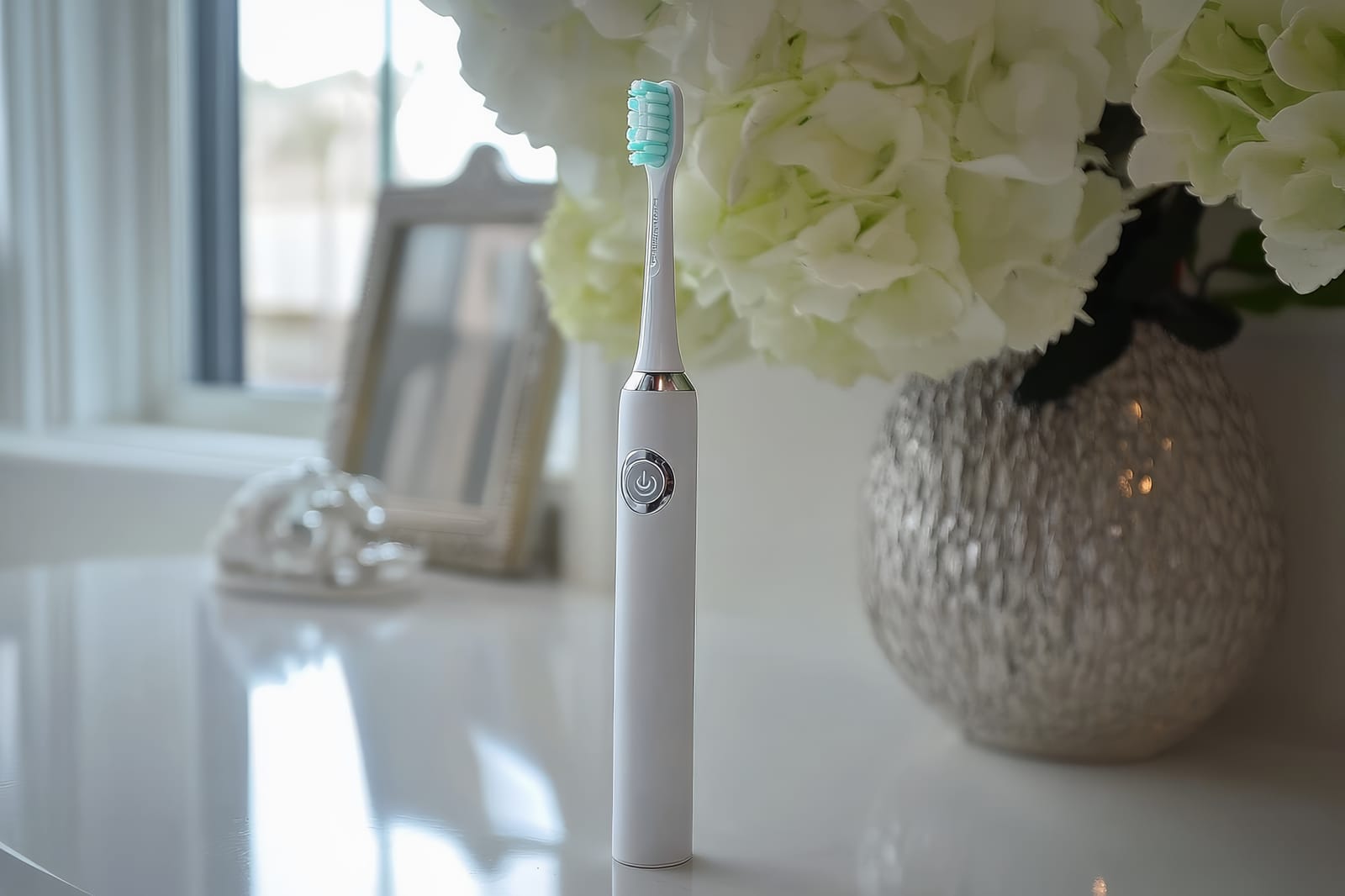How Laser Dentistry Is Used During Root Canal Therapy

Many dental professionals nowadays use laser dentistry to assist in more intensive procedures such as root canals. One of the primary reasons patients typically dread root canal therapy is the potential amount of pain involved with both the procedure and the recovery process. Combining lasers with traditional tools can reduce the amount of discomfort patients experience and speed up healing time. Continue reading to learn more about how root canal therapy can be improved with laser dentistry.
On the tooth
Using lasers to help repair diseased teeth can make a big difference in the ease and success of the procedure.
Destroy infected tissue
The first step in root canal therapy is usually to access the infected areas. To accomplish this, traditional metal tools and hand drills are used to remove portions of the tooth. In many cases, significant healthy parts of the tooth are extracted to allow the tools to reach the infection. Using these metal tools can also involve scraping, ripping and tearing of tissue, resulting in the pain patients can experience during the procedure.
Lasers have different effects on healthy tissue versus infected tissue and can destroy infected tissue without killing the healthy surrounding tissue. This means many times, less of the healthy tooth and tissue needs removal to repair a tooth. The focused light also does not damage tissue like metal tools can. However, because laser beams are straight and root canals rarely are, some traditional curved instruments may still be necessary to guarantee the success of the procedure.
Sterilize the remaining tooth
Once the infected tissue has been removed, the hollow area must be sterilized. Allowing even small particles of bacteria and debris to remain can result in tissue becoming diseased again. Laser dentistry can be used to remove any remaining contaminants to stop the infection from coming back.
On the filling material
Lasers can be used not only on the tooth but also on the filling material to help ensure the success of the procedure.
Soften filling material
After the infected tissue is removed, the canals and pulp chamber are filled with a natural polymer and sealing cement. These materials are firm and can be difficult to work with. While metal instruments can be used to manipulate the materials, lasers can make the process easier. Using a laser heats up the polymer, making it more pliable.
Mold filling material
Lasers are extremely precise, so can allow dental professionals to more easily form the filling material to the unique shape of each root. When the filling material is softer and more exact, it can be placed more accurately in the root. This is important, as correct placement is a significant factor in whether the infection returns.
Conclusion
When laser dentistry is used during root canal therapy, the procedure can be performed without much of the pain people expect when undergoing this treatment. Using lasers both in the tooth and on the filling material can make the process easier and allow patients to heal faster.
Are you considering laser dentistry in the St George area? Get more information at https://www.stgeorgedentalcare.com.
Check out what others are saying about our services on Yelp: Read our Yelp reviews.
Recent Posts
Having a sensitive sense of smell can be both a blessing and a curse, as nothing disrupts personal comfort more than an unpleasant odor emanating from your mouth. A common concern for dental patients is the distinct and often embarrassing "rotten tooth smell." Understanding its causes, implications, and the appropriate remedies is crucial for maintaining…
Brushing your teeth is essential for maintaining a healthy, beautiful smile, and using an electric toothbrush takes oral hygiene to the next level. At St. George Dental Care, located in St. George, UT, we're passionate about helping our patients maintain optimal oral health through modern dental practices and expert advice. Electric toothbrushes are revolutionizing dental…
When it comes to maintaining your dental health, understanding the professionals who provide care can make all the difference in your experience. The terms "dentist surgeon" and "dentist" are often used, but many people don't fully grasp the distinctions between them. Are their education, scope of practice, and services they provide the same? Which should…
Does the thought of sitting in a dentist's chair make your palms sweaty? You're not alone. Dental anxiety is something millions of people experience, but we at St. George Dental Care believe visiting the dentist doesn't have to be nerve-wracking. That's why our focus goes beyond just cleanings and checkups—we strive to make you feel…


